Tulip tower: why Sadiq Khan has rejected plans for London skyscraper
The 1,000ft building in the heart of the Square Mile would have been the second-tallest in western Europe
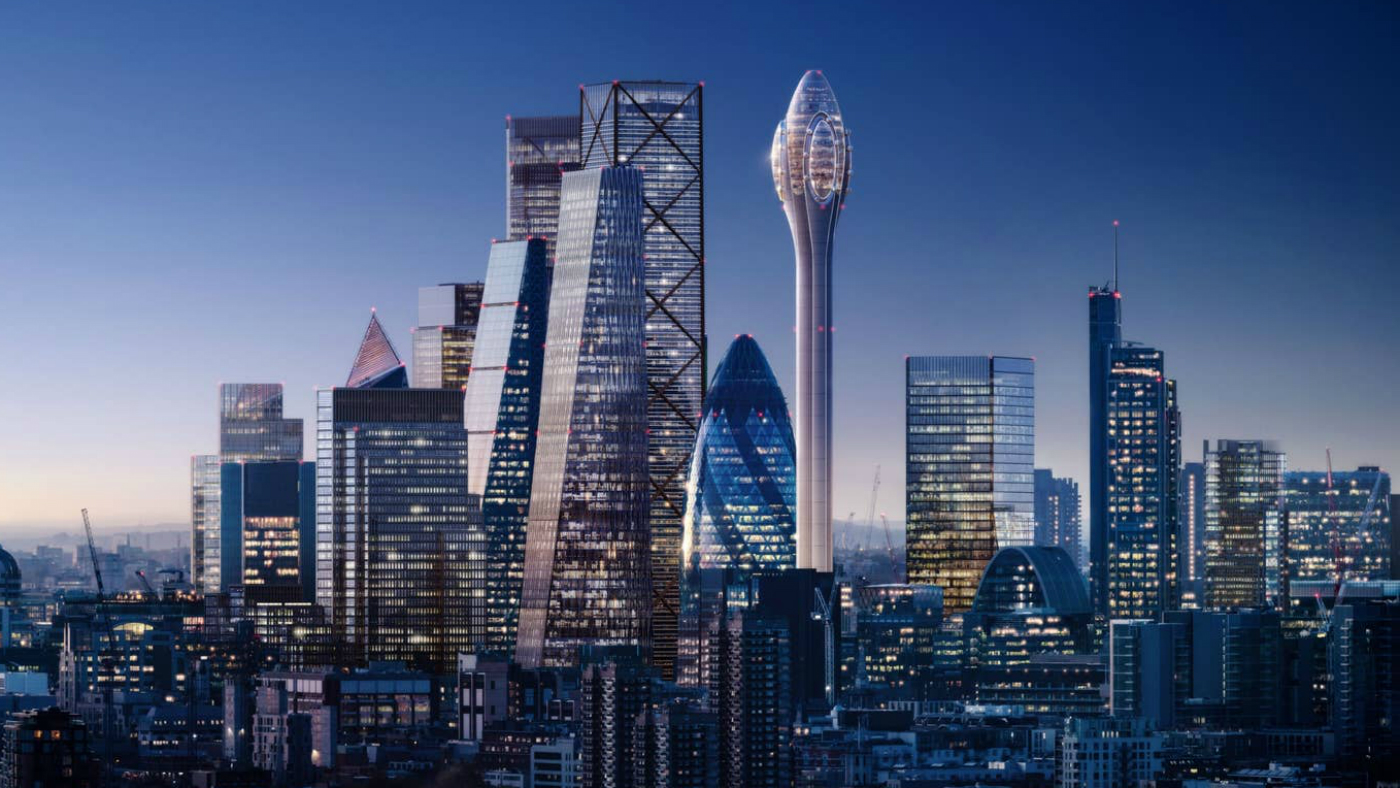
Mayor of London Sadiq Khan has called off plans to build the second-tallest building in western Europe in the heart of the City.
Designs for the tower, known as the Tulip, had been given the green light by the City of London Corporation planning committee in April, but yesterday the mayor’s office rejected the proposal.
A spokesperson for the project told City A.M. that “the Tulip Project team are disappointed by the Mayor of London’s decision to direct refusal of planning permission, particularly as the Tulip will generate immediate and long-term socio-economic benefits to London and the UK as a whole”.
The Week
Escape your echo chamber. Get the facts behind the news, plus analysis from multiple perspectives.

Sign up for The Week's Free Newsletters
From our morning news briefing to a weekly Good News Newsletter, get the best of The Week delivered directly to your inbox.
From our morning news briefing to a weekly Good News Newsletter, get the best of The Week delivered directly to your inbox.
The project representatives claimed the tower, designed by British architectural firm Foster + Partners, had the potential to bring in 1.2 million people each year, boosting the number of visitors to the Square Mile at weekends in particular.
Why has the Tulip been called off?
Khan had a “number of serious concerns” over the plans, according to his spokesperson.
“In particular, he believes that the design is of insufficient quality for such a prominent location, and that the tower would result in harm to London’s skyline and impact views of the nearby Tower of London World Heritage Site,” the representative said. “The proposal would also result in an unwelcoming, poorly-designed public space at street level.”
A free daily email with the biggest news stories of the day – and the best features from TheWeek.com
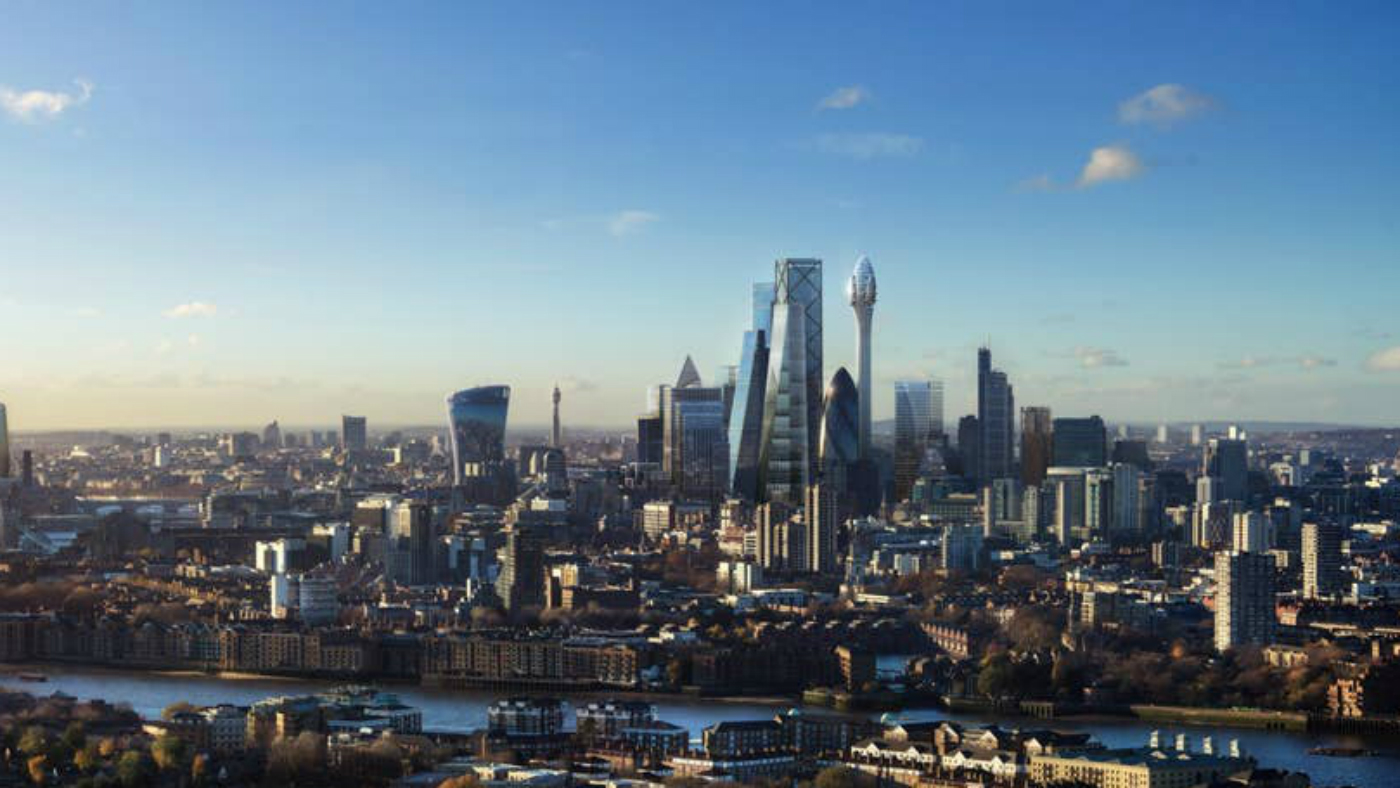
The mayor added in a letter that the “pedestrian environment” was “potentially unsafe”.
Khan’s rejection echoes that of heritage groups like Historic England, who said the building would cause “irreversible damage to the setting of the Tower of London”.
Despite project representatives touting the supposed economic boost and tourism potential of the Tulip, Khan ultimately concluded that the tower would have “very limited public benefit”.
What would it have looked like?
Named for its distinctive viewing platform at the top, which is meant to resemble a flower bud, the Tulip - which was to be built next to 30 St Mary Axe, commonly known as the Gherkin - would have been 1,000ft (305 metres) tall, just a few feet shorter than the Shard.
However, Historic England CEO Duncan Wilson was among those unimpressed by the design, commenting in April that the tower would look like “a lift shaft with a bulge at the top”.
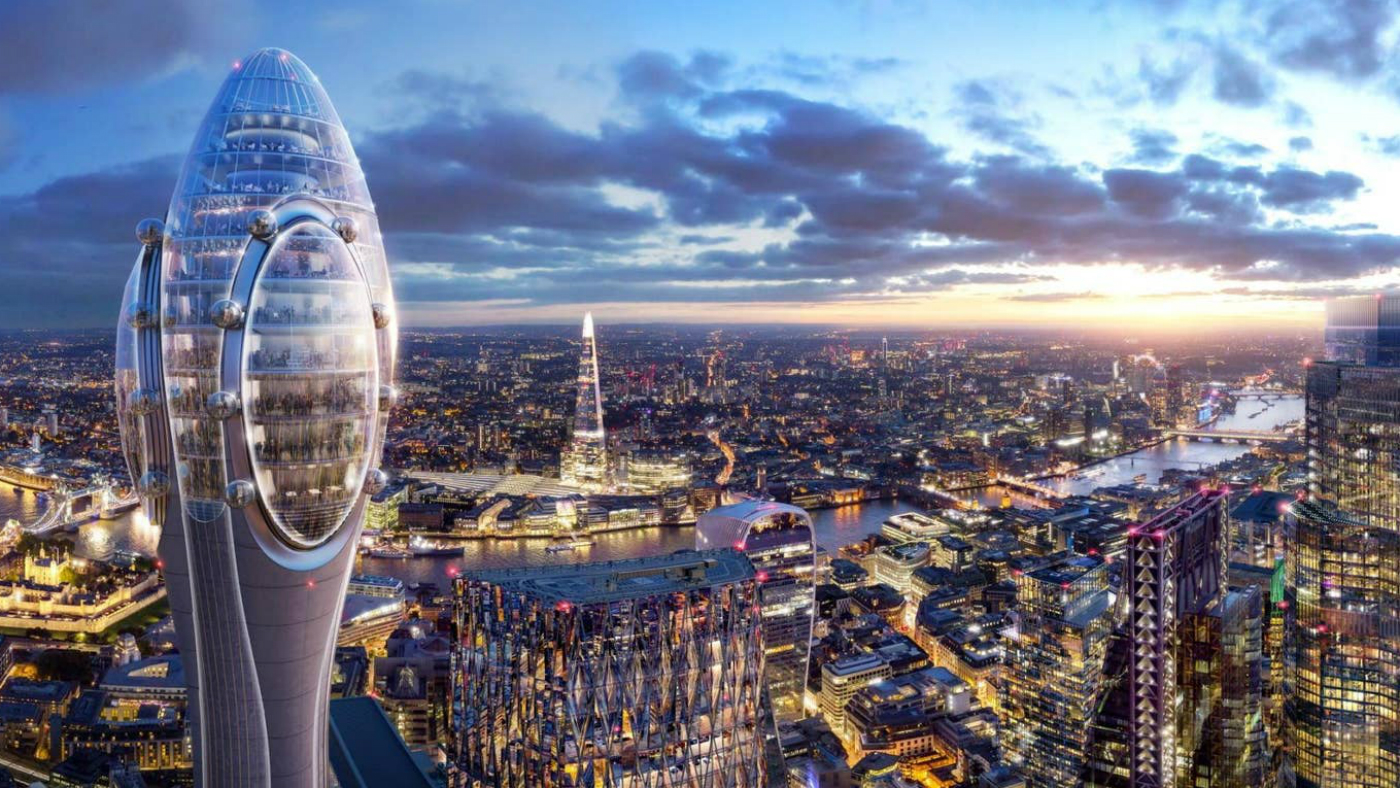
Purely intended as a tourist attraction, with no office space included in the plans, the Tulip was to feature “internal slides and moving transparent pods running outside the building for visitors to ride in”, the BBC reports.
The upper 12 storeys open to visitors would have hosted a restaurant, sky bar, viewing platform with rotating pods, and a floor entirely dedicated to education facilities, reports the Evening Standard.
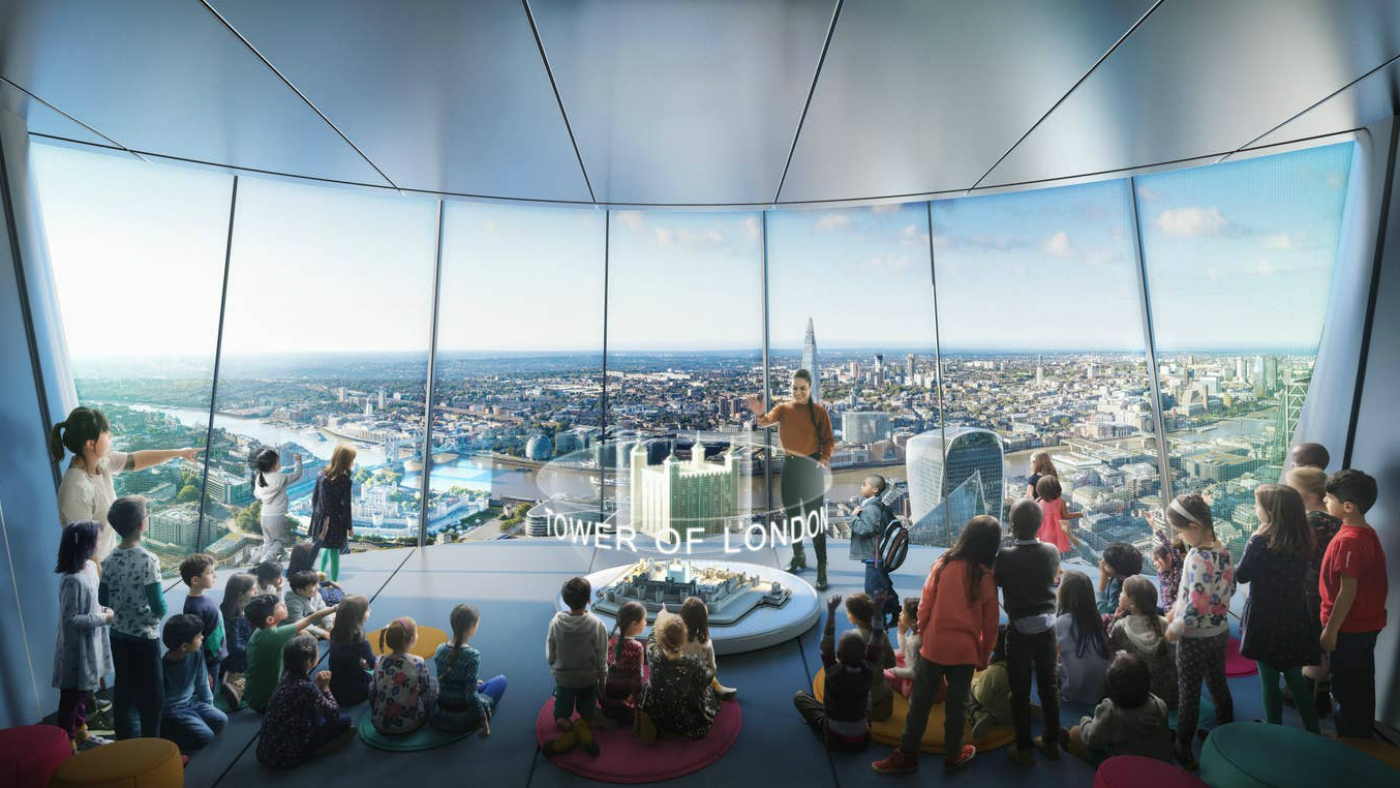
Brazilian banking billionaire Joseph Safra, who purchased the Gherkin for £700 million in 2014, was to fund the development through his Bury Street Properties firm, the Evening Standard reports.
In April, the City of London Corporation’s planning committee gave the plans the go-head, with construction due to start next year for a projected opening in 2025.
“It was our judgement that the Tulip would play an important role in further realising a vision for the Square Mile as a vibrant 24/7 world-class destination and that this building would send a powerful message that London remains open to all,” a corporation spokesperson said.
A spokesperson for the project has said the group will now “take time to consider potential next steps for the Tulip Project”.
-
 ‘Care fractures after birth’
‘Care fractures after birth’instant opinion Opinion, comment and editorials of the day
-
 Shots fired in the US-EU war over digital censorship
Shots fired in the US-EU war over digital censorshipIN THE SPOTLIGHT The Trump administration risks opening a dangerous new front in the battle of real-world consequences for online action
-
 What will the US economy look like in 2026?
What will the US economy look like in 2026?Today’s Big Question Wall Street is bullish, but uncertain
-
 Sport on TV guide: Christmas 2022 and New Year listings
Sport on TV guide: Christmas 2022 and New Year listingsSpeed Read Enjoy a feast of sporting action with football, darts, rugby union, racing, NFL and NBA
-
 House of the Dragon: what to expect from the Game of Thrones prequel
House of the Dragon: what to expect from the Game of Thrones prequelSpeed Read Ten-part series, set 200 years before GoT, will show the incestuous decline of Targaryen
-
 One in 20 young Americans identify as trans or non-binary
One in 20 young Americans identify as trans or non-binarySpeed Read New research suggests that 44% of US adults know someone who is transgender
-
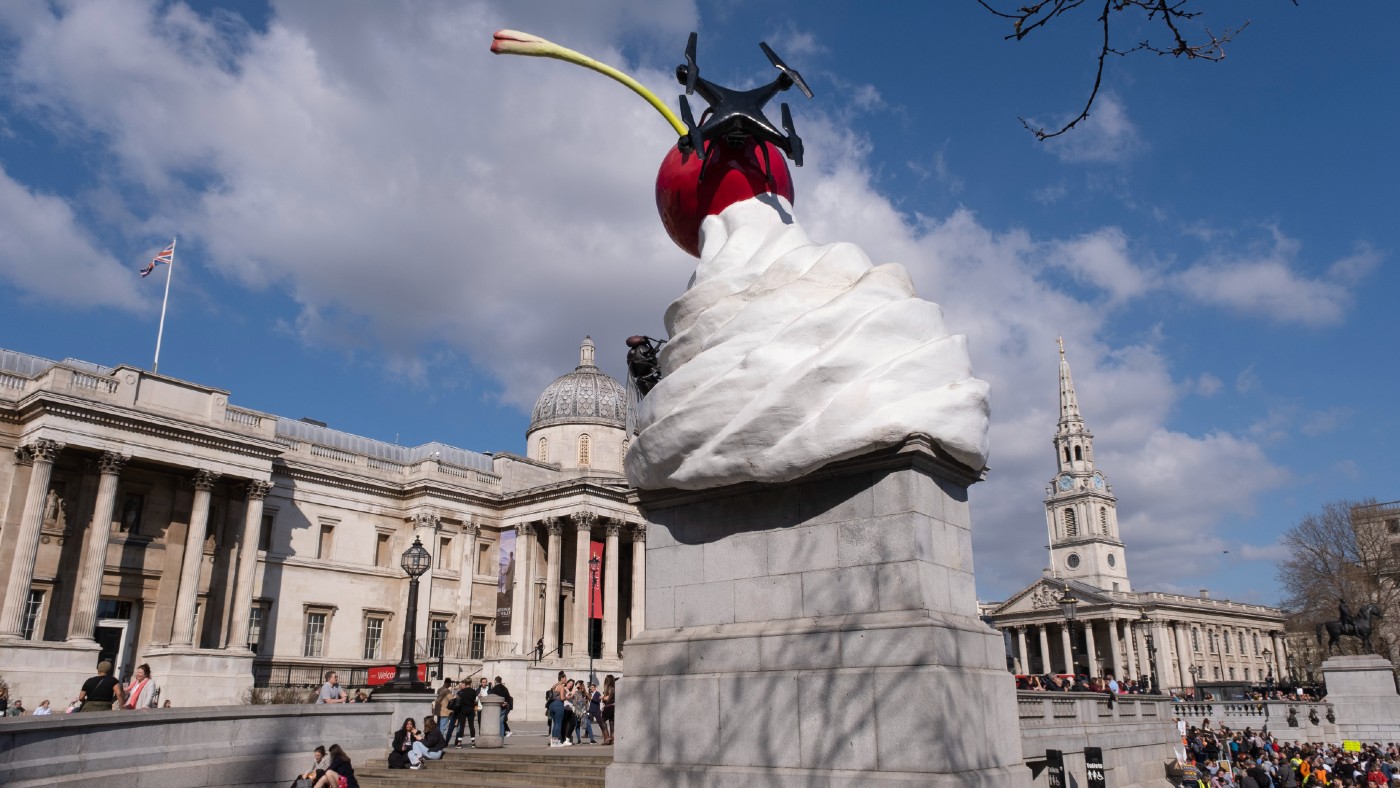 The Turner Prize 2022: a ‘vintage’ shortlist?
The Turner Prize 2022: a ‘vintage’ shortlist?Speed Read All four artists look towards ‘growth, revival and reinvention’ in their work
-
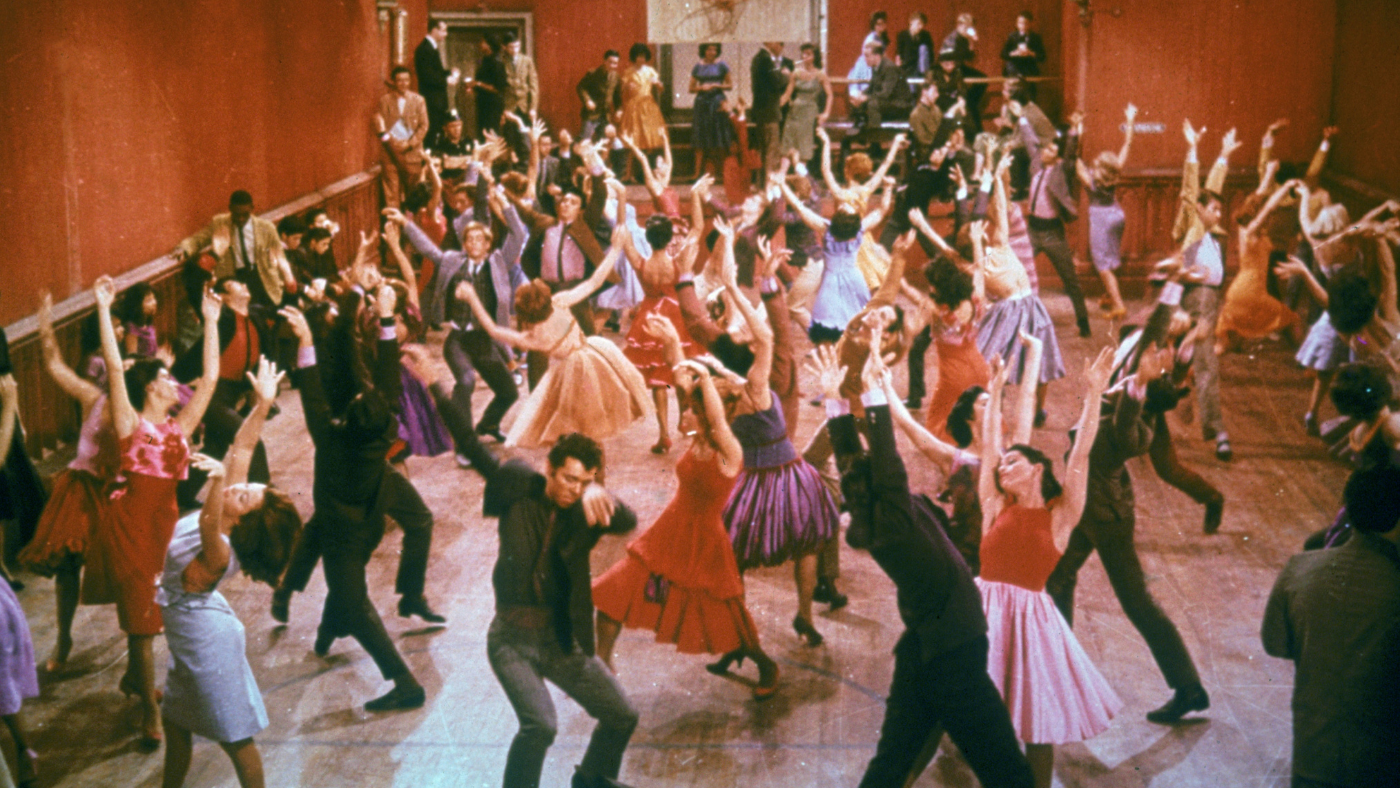 What’s on TV this Christmas? The best holiday television
What’s on TV this Christmas? The best holiday televisionSpeed Read From films and documentaries to musicals for all the family
-
 Coco vision: up close to Chanel opticals
Coco vision: up close to Chanel opticalsSpeed Read Parisian luxury house adds opticals to digital offering
-
 Abba returns: how the Swedish supergroup and their ‘Abba-tars’ are taking a chance on a reunion
Abba returns: how the Swedish supergroup and their ‘Abba-tars’ are taking a chance on a reunionSpeed Read From next May, digital avatars of the foursome will be performing concerts in east London
-
 ‘Turning down her smut setting’: how Nigella Lawson is cleaning up her recipes
‘Turning down her smut setting’: how Nigella Lawson is cleaning up her recipesSpeed Read Last week, the TV cook announced she was axing the word ‘slut’ from her recipe for Slut Red Raspberries in Chardonnay Jelly